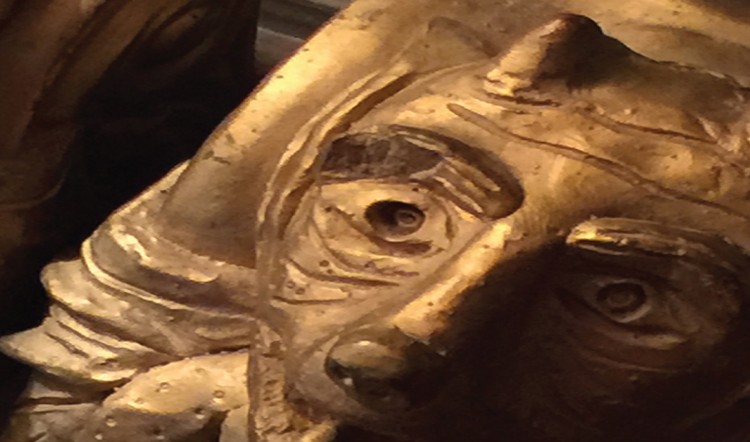Immersion and Dramatic Tension in Agents of Oblivion
While one might wish to quickly dismiss the front-loaded nature of kitting out in a spy game, I would have to ask why. It is part and parcel of the experience and differs from most other types of genres where you finite resources. In AoO, you are largely left to your own devices (no pun intended) while still being part of a larger structure which wants you to succeed. Certainly, they can get other agents, however, it depends upon the scope of your game. Are there tons of Oblivion Agents running around or are you part of a smaller structure (with a finite budget). This is ultimately a moot point. I’m just throwing this out there to give the Directors something to gnaw on.
Let’s move back to getting gear. In spy games and AoO in particular, we have a loadout phase. It’s focused and provides a lot of fun ways to get gear (as discussed yesterday) and serves to increase dramatic tension quite a lot (which will get to in a moment). The immersion factor is there from the beginning. If we all grab a stock gun off a shelf, we won’t whine (as much) when we lose it. If, on the other hand, we get a Walther PPK with a custom grip, a laser-sight, Nemesis rounds, and a few other odds and ends, it becomes an extension of our agent and serves to distinguish OUR guy from the other men in black milling about. The same can be said for all the other equipment. The silver lining to the cloud is you get new stuff at the start of each mission. Here’s where I pause to really underscore those words. Note, I said new MISSION, not game session. If a mission carries over, it’s quite possible ammo and other things begin to run out and the agents will need to get, let us say, a little more creative, than they may have been at at the start of the mission. This, in turn, ratchets up the dramatic tension which is always a good thing to do in a spy game and doubly so when combined with elements of horror.
Imagine, you’re creeping through a warehouse and you’ve got Wally, your tricked out Walther PPK with 3RB and some Nemesis rounds (keyed for Vampires) in your hand. Suddenly, two silhouettes suddenly fill an open door. The light is poor and you can’t tell if they’re part of the Fang Club or some (mundane, human) lackeys. You have to decide. Do you let your precious Nemesis rounds (you have wooden shards blessed by a Saint) loose or do you move to close quarters with them? This sort of molecular level choice increases the drama of the scene. If you had endless Nemesis rounds, it wouldn’t matter. The same thing if you had no options as you’d let the bullets fly. This is an example of just one situation where giving the players more options (in the gearing out phase) actually heightens the impact of the scene. The choices they made pre-mission and during the mission converge into a conundrum elevating a run-of-the-mill fight scene into something a touch extraordinary or, at the very least, a bit more difficult. Ultimately, this rests firmly upon the altar of resource management. You want the agents to feel every choice they makes matter in how they use their equipment from scene to scene, yet not stifle them from using it all together. It’s a delicate balance to get right and you’ll likely want to adjust it for your own game, though we strongly encourage you to try it as it stands before you fiddle with it too much (if for no other reason than to get a baseline). What I was hoping to capture when approaching the resources was to allow for some truly incredible spytech and gear as found in the finest Bond flicks, while preserving the special dread one experiences in games such as Splinter Cell or Resident Evil when you have this really cool bit of gear which will save your bacon now, but you know, in your heart of hearts, you’re going to really need later on when you get to the big bad guy. Speaking of which, we’ll address how to vary the tempo of your missions a bit, so you can play within the confines of formulae without being utterly predictable in a future discourse.
Until next time, I bid you, dear reader, adieu!
